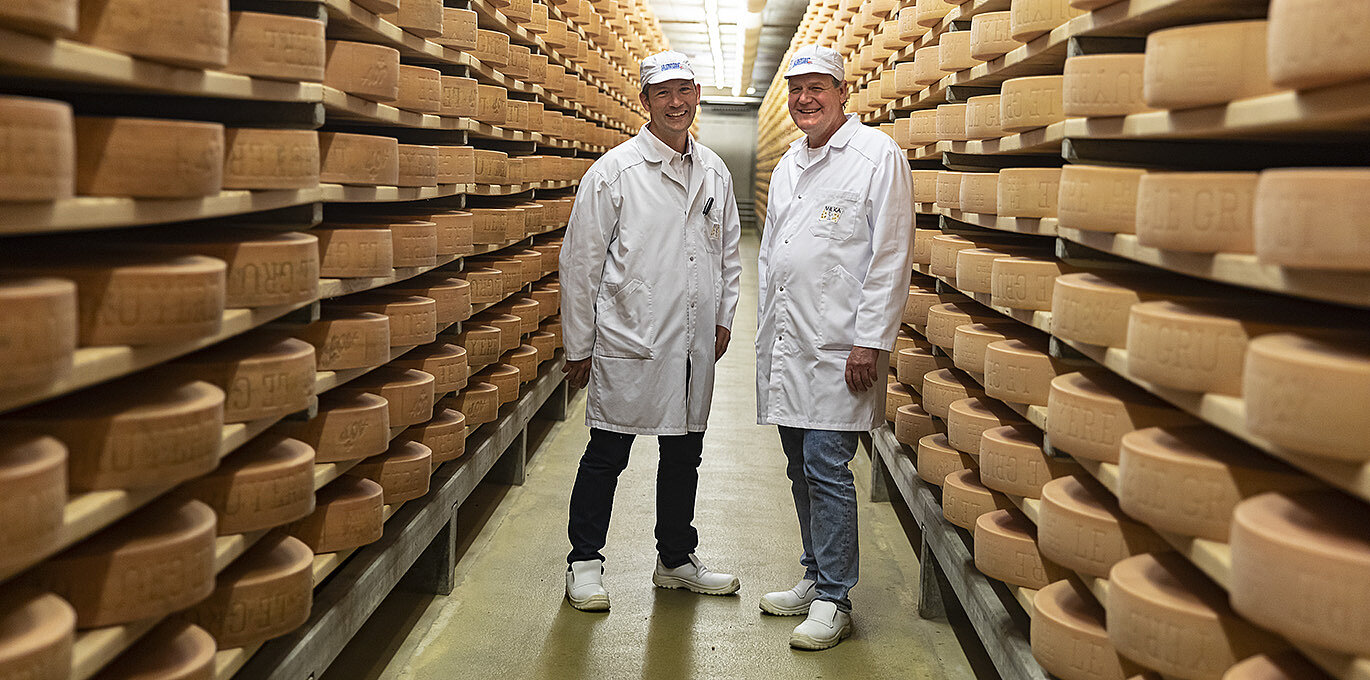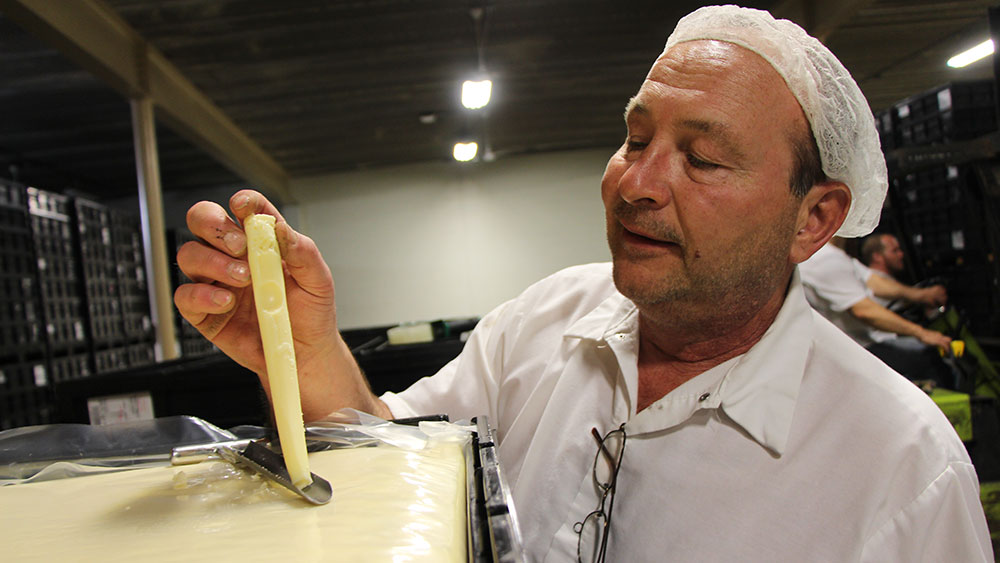Checking Out Melbourne Made Cheese: Why Floridia Cheese Is a Must-Try
Checking Out Melbourne Made Cheese: Why Floridia Cheese Is a Must-Try
Blog Article
Opening the Keys of Artisanal Cheese Making: A Detailed DIY Guide
In the realm of cooking workmanship, artisanal cheese making stands as a testament to the delicate equilibrium in between tradition and technology. Each step in the procedure, from picking the right milk to improving aging techniques, holds within it a wealth of understanding gave via generations. As we start this journey to demystify the art of producing splendid cheeses, we are encountered with a tapestry of abilities and keys waiting to be unraveled. Join us as we discover the ins and outs of this ancient craft, where patience, art, and science converge to produce flavors that tantalize the senses.
Picking the Right Milk
When starting the journey of artisanal cheese production, the option of milk plays an essential duty in determining the high quality and characteristics of the end product. The kind of milk picked impacts the flavor, structure, and generally account of the cheese. Raw milk, straight from the pet, is preferred by lots of artisanal cheesemakers as a result of its distinct mix of enzymes, bacteria, and flavor compounds. Using raw milk comes with dangers and laws, making pasteurized milk a much safer option for novices.
When choosing milk for cheese making, it is very important to take into consideration the fat content. Greater fat material in milk can lead to a creamier and richer cheese, while lower fat content may result in a drier and stronger texture. Furthermore, the source of the milk, whether from cows, goats, sheep, or buffalo, contributes distinctive tastes and attributes to celebrity (Floridia Cheese Melbourne). Each kind of milk brings its own nuances, permitting for a broad array of cheese ranges to be crafted based upon the picked milk. Ultimately, the choice of milk is a basic choice that sets the foundation for an effective artisanal cheese-making endeavor.
Culturing and Coagulating
To initiate the cheese-making process, the crucial steps of culturing and coagulating should be very carefully implemented to change milk right into curds and whey. Culturing entails presenting helpful microorganisms to the milk, which then begins the fermentation process. These bacteria transform lactose (milk sugar) right into lactic acid, developing the acidic environment needed for coagulation. The kind of culture utilized can significantly affect the taste, structure, and ripening of the last cheese product.

The timing and temperature level control during culturing and coagulation are crucial elements that influence the last end result of the cheese. Correct execution of these steps is necessary to ensure the wanted texture, taste, and consistency of the artisanal cheese being created.
Draining Pipes and Pressing Curds
After the milk proteins have actually coagulated and the curds have been cut to launch whey, the next critical action in artisanal cheese making involves draining pipes and pressing the curds to accomplish the desired structure and consistency of the final cheese product. Draining pipes is the process of dividing the curds from the whey. This can be done by transferring the curds into a cheesecloth-lined colander or mold and mildew and enabling the whey to drain off naturally. The moment for draining pipes can vary relying on the kind of cheese being made and the preferred moisture material.
As soon as the curds have adequately drained pipes, the following action is pushing. Pressing helps get rid of any kind of remaining whey and compacts the curds to form a solid cheese wheel. Pressing can be done utilizing specialized cheese presses that use more information mild and consistent stress over an amount of time. The period and stress used during pressing will certainly affect the final texture of celebrity, from soft and creamy to tough and company. Correct pressing and draining are essential actions that considerably affect the high quality and attributes of the artisanal cheese being created.
Aging and Flavor Methods
Executing thorough aging and flavoring strategies is crucial in boosting the depth and intricacy of artisanal cheeses, elevating their preference accounts to charming levels of refinement and class. Aging plays a vital function in creating the distinct tastes and structures that distinguish artisanal cheeses.
Seasoning techniques additionally add substantially to read the last taste of artisanal cheeses. Cheesemakers might choose to introduce added flavors by integrating active ingredients such as herbs, flavors, or also fruits into the cheese during the production procedure. In addition, some cheeses are washed or rubbed with different fluids, such as salt water or alcohol, to boost their flavors and structures.
Wrapping and Keeping Cheeses

Verdict
In conclusion, grasping the art of artisanal cheese making includes meticulously selecting the ideal milk, adhering to precise culturing and coagulating processes, draining and pressing curds efficiently, and using numerous aging and flavor strategies. Keep in mind to cover and save your cheeses properly to guarantee optimal flavor and texture advancement.
Each kind of milk brings its own nuances, enabling for a broad variety of cheese ranges to be crafted based on the selected milk.After the milk proteins have coagulated and the curds have been reduced to launch whey, the following crucial step in artisanal cheese making involves draining pipes and pressing the curds to achieve the desired texture and uniformity of the last cheese item. A lot of cheeses must be wrapped in wax paper or cheese paper to allow them to breathe while protecting them from drying out. For cheeses that require to proceed aging, such as bloomy skins or cleaned skins, ensure they are saved in a great environment like a cheese cave or a fridge established to the proper temperature. By paying attention to the covering and storage space of artisanal cheeses, cheese manufacturers and fanatics can protect the integrity of these delicacies and totally appreciate their intricate tastes.
Report this page